WayneF
No longer a newbie, moving up!
- Joined
- Oct 11, 2013
- Messages
- 622
- Reaction score
- 114
- Location
- Texas
- Website
- www.scantips.com
- Can others edit my Photos
- Photos OK to edit
I have purposely set my a1 and a2 settings to Release Priority.
OK, but you might think that out again, since you are complaining that your pictures are not in focus.




![[No title]](/data/xfmg/thumbnail/36/36132-5bd4fa365c199003273e0ff128bf42f4.jpg?1619737384)
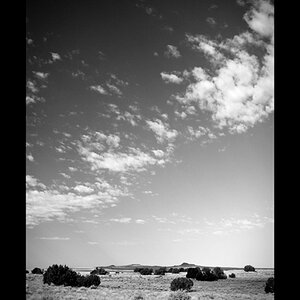
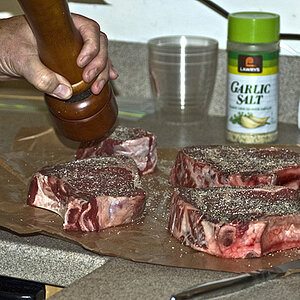
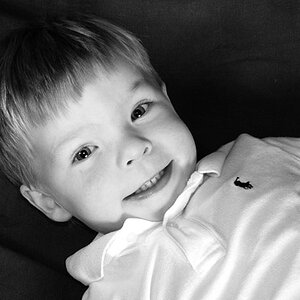
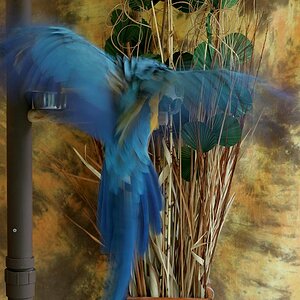
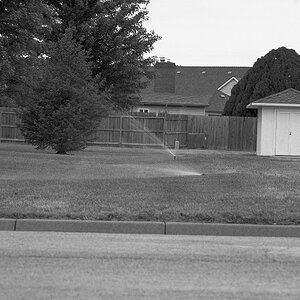



![[No title]](/data/xfmg/thumbnail/42/42040-7a66cabbeffd44783ea44a91ef4d0e70.jpg?1619739987)